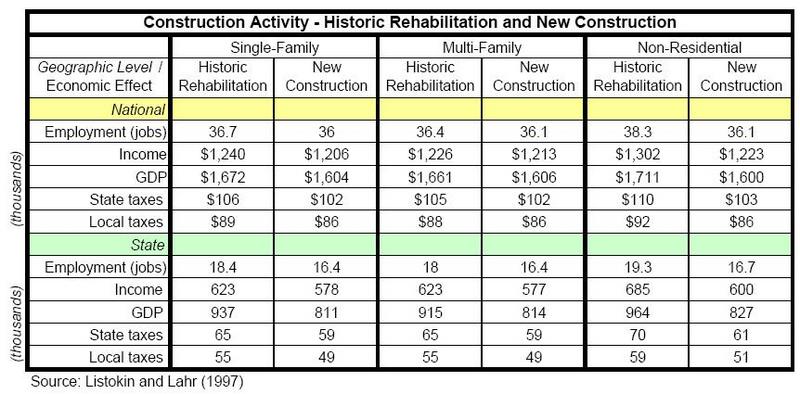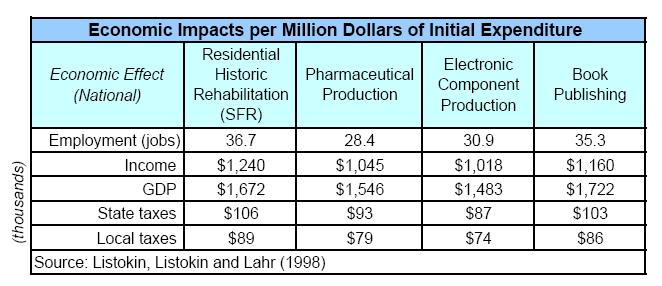Arguably, the largest area of impact for historic preservation is the residential housing market. This section will cover how historic preservation, in particular landmark designation, affects the price of housing, the possible mix of different types of housing, and any effect on minority and low-income groups.
Historic designation in residential areas usually occurs in one of two ways: 1) designation of an individual property deemed to be historically significant, or 2) designation of an entire neighborhood or a section of a neighborhood as an historic district. Across many studies, a common question has been the effect, if any, of historic designation on the price of land and housing.
Some researchers have demonstrated that the effect of historic designation on price may depend on whether or not a property carries a national or local designation. One study found that a national designation positively impacts the value of the property, while a local designation can negatively impact the property value (Schaeffer and Millerick, 1991). The reasons given are that local historic districts tend to carry more restrictions, while national designations seem to carry more prestige (Schaeffer and Millerick 1991). However, another study found that even though historic designation increased property values of homes inside designated districts in Sacramento, Calif., the designation had an insignificant effect on homes immediately adjacent to historic districts (Clark and Herrin, 1997). A third study rebuts this last point, detecting an external benefit to being near a landmark home or district, even when not sharing the designation (Ford, 1989). In other words, historic designation serves as a "catalyst" for overall neighborhood rejuvenation when households who own homes in a neighborhood adjacent to an historic district restore – or at least rehabilitate – their own homes. These households receive the benefit of living near an historic district without having to incur the regulatory costs that come with a landmark status (Ford 1989). It is this "catalyst" that is seen as the impetus for a wave of restoration and rehabilitation in a given area (Listokin et al 1999; Rypkema, 1994).
It is important to keep in mind that regional and sub-regional housing markets (and aesthetic tastes) differ across the country, as well as within a region. There is one standard for being added to the National Register – the Secretary of the Interior's Standards for Rehabilitation. However, there are thousands of different local historic preservation ordinances, some more stringent than others, that contribute to the overall character of any particular sub-regional housing market.

